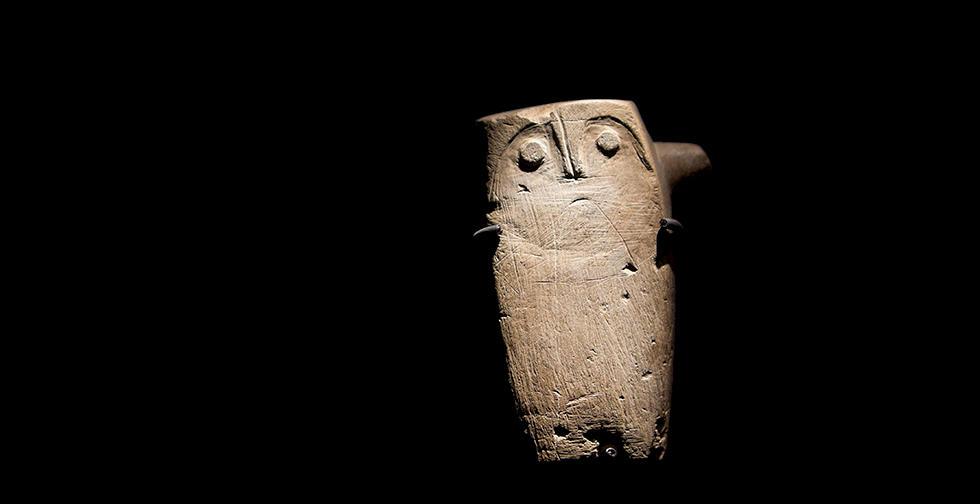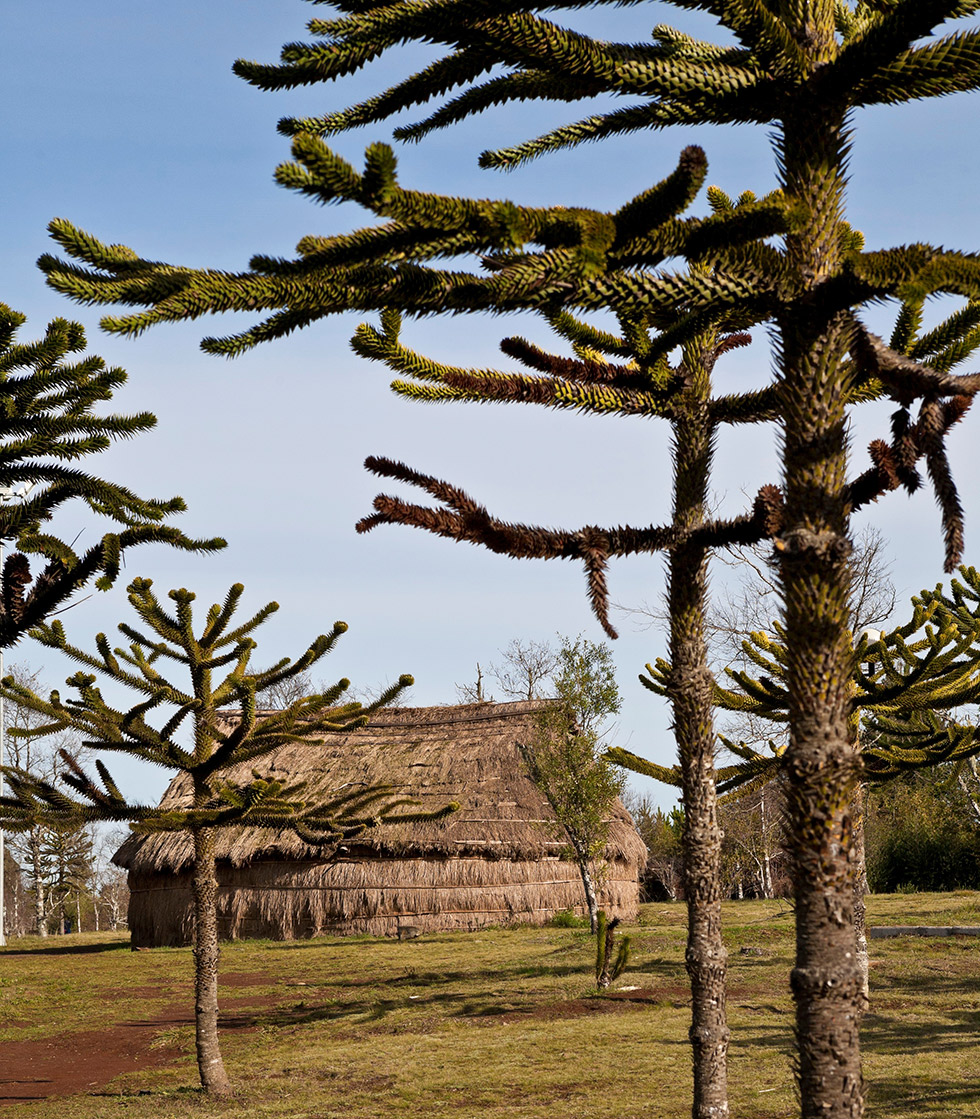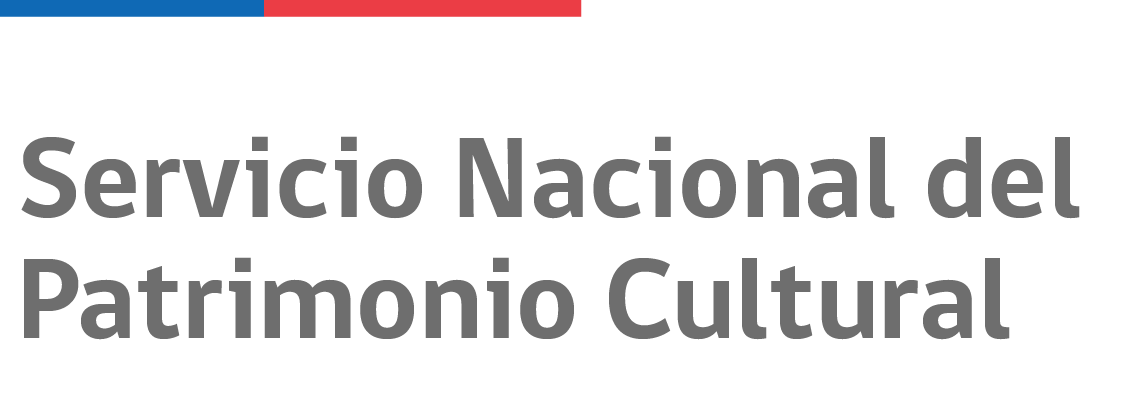
Services:
- Audio guide
- Disabled access
- Guided visits
- Public transport
- Parking
Opening times:
Admission:
About the institution

Traditional Mapuche ruka in the Museum grounds.
The town of Cañete, 135 km south of the city of Concepción in southern Chile, has figured prominently in Chilean history. It was the site of a key battle between the Spanish conquistadores and the indigenous Mapuche people and, in the nineteenth century, of battles of the independent Chilean republic to establish domination over this part of the country.
In 1968, Cañete was also chosen as the location of one of the first public-sector initiatives to provide a place for the protection and study of the culture of the Mapuche. The building in which it is housed has the architecture of a Mapuche ruka (dwelling) that also highlights the natural harmony of its surroundings as it looks over to the nearby Nahuelbuta Hills.
The Museum’s present name, Ruka Kimün Taiñ Volil Juan Cayupi Huechicura, was chosen by the area’s Mapuche communities when the Museum reopened in 2010 after a period of renovation. The first part means “the place of knowledge of our roots" while Juan Cayupi Huechicura was a lonko (chief) who lived where the Museum is located.
Inside the Museum
The Museum has a collection of around 1,400 objects related to the Mapuche (“people of the land”) culture, with particular emphasis on the Lafkenche (“people of the sea”) branch of the Mapuche who inhabited the coast of southern Chile.
Its permanent exhibition is divided into five sections: Wajmapumogen. This section focuses on the geographical and spiritual territory of the Mapuche, their movement over time (including the impact of the arrival of the horse with the Spanish conquistadores) and their understanding of their history.
- Cumgecimogence. Centered around a fire pit surrounded by wooden benches, this section illustrates domestic life in the ruka, the role of women and the transmission of knowledge. It includes examples of silver objects and their different uses and symbolisms.
- Vijmogen. In this room, visitors can learn about the role of the machi (healer and spiritual leader), Mapuche medicine and its use of plants and the vital energies found in nature.
- Relamtugen. With a representation of a rewe (altar) at its center, this section contains exhibits related to Mapuche ritual ceremonies. It includes recordings of the songs and musical instruments used to accompany them.
- Nometulafken. The subject of this room is the Mapuche view of death and the importance of the spirits of ancestors. Illustrated by a wampo (canoe), it explains the Nometulafken, the voyage of the spirit after death.
In the grounds of the Museum, visitors can explore a traditional Mapuche ruka. The Museum shop, run by an association of Mapuche Lafkenche women, offers traditional craftwork made by artisans from the surrounding area.



